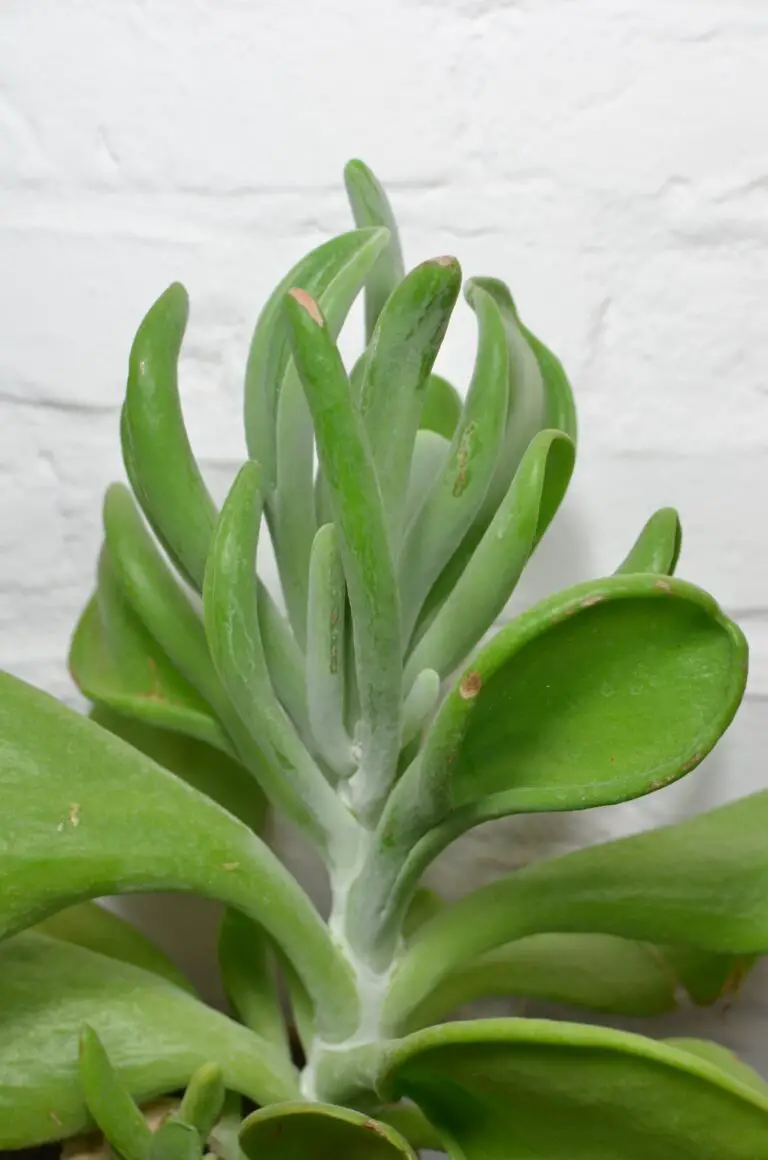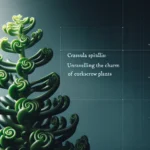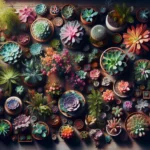Introduction to Crassula Plants and Pet Safety
Welcome to the world of Crassula plants, where the lush leaves and unique shapes captivate the hearts of plant enthusiasts everywhere. With their eye-catching appearance, it’s no surprise that these succulents have found their way into many of our living rooms, brightening corners and bringing a touch of green serenity. But beneath their beauty lies a question that nags every pet owner: “Are these green companions safe for my whiskered buddies?”
Let’s dive into the realm of Crassula plants and tackle the pressing issue. The Crassula genus, with its diverse variety, has long been revered for its easy care and adaptability—it’s a tough cookie in the plant kingdom, resilient to the forgetful waterer and forgiving when left in less than ideal light. But when it comes to sharing space with our curious feline friends, we must tread with caution. After all, the well-being of our pawed pals takes priority.
Imagine this: a sunny afternoon, your cat is prancing around, and it spots this fascinating new plant on the windowsill. Before you know it, Mr. Whiskers is taking a nibble! Now, if that plant happens to be a Crassula, it’s a potential cause for concern. While not all Crassula species are toxic to cats, it’s essential to acknowledge that some can be harmful if ingested.
For those of us sharing our homes with cats, it’s crucial to understand the potential risks and take preventive measures to ensure their safety. You might already be familiar with some plants that are notorious no-nos for pets, but where does the popular Crassula Ovata, also known as the Jade Plant, fall on that list? It’s a delightful addition to any plant collection, but is it a friend or foe to your purring companion?
While we ponder over that, why not learn more about how to keep our furry friends safe among our beloved greenery? Dive into some enlightening insights with this informative video:
As pet parents and plant lovers, it’s our duty to ensure the safety of our pets without compromising on the joy of cultivating an indoor oasis. So let’s continue our journey of discovery and discuss how we can create a harmonious living space that’s safe for both our green friends and our cherished feline companions. Stay vigilant, stay informed, and most importantly, stay curious about the wonderful world of Crassula and its place in a pet-friendly home.
Understanding the Crassula Genus and Its Varieties
If you’ve ever been captivated by the lush, vibrant succulents adorning windowsills and office desks, chances are you’ve encountered the enchanting Crassula genus. Crassula plants, most famously exemplified by the plump-leaved Jade plant (Crassula ovata), have seized the hearts of decorators and plant enthusiasts alike with their easy-going nature and sculptural beauty.
These succulent stunners, native to many regions of the globe, boast an impressive diversity, ensuring each plant has its own character and charm. Imagine walking into a room graced by a bushy, tree-like Crassula that whispers tales of resilience and sturdiness. The appeal of these plants isn’t just in their aesthetic allure but also in their reputation as symbols of good luck and prosperity, making them beloved gifts and collectibles.
Crassula’s versatility as a decorative indoor plant is truly unmatched. From the spiky Crassula muscosa, which resembles a miniature cypress, to the dainty, starry flowers of Crassula ovata ‘Gollum’, there’s a fascinating variety for every taste and space. Their ability to thrive with minimal care makes them the ideal houseguest for those with a busy lifestyle or a less-than-green thumb.
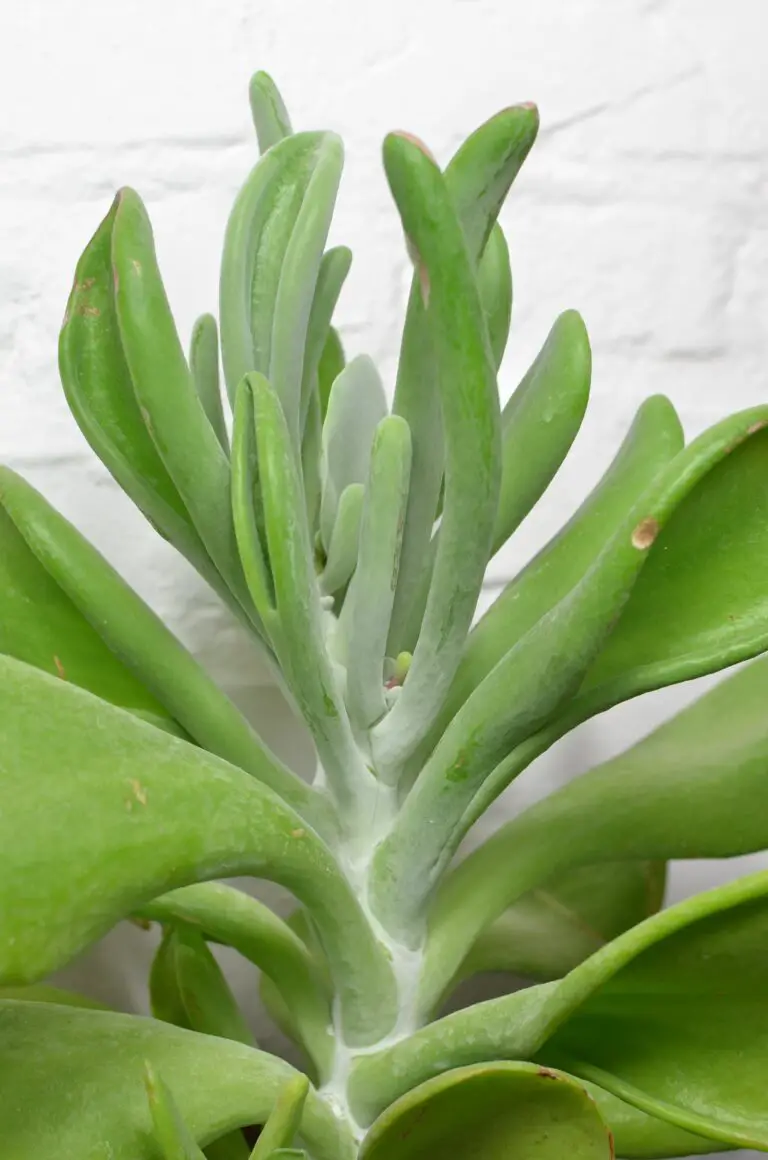
It’s not just about their low maintenance, however. For those seeking a deeper connection with their green companions, Crassulas respond affectionately to regular attention. With proper care, these plants can flourish, developing into striking, mature specimens that are not just plants, but living sculptures enhancing your living space. For insightful tips on nurturing these natural treasures, check out our resources on Crassula care.
Indeed, as we surround ourselves with these green gems, we not only beautify our abodes but also create a serene, life-affirming ambiance. A Crassula can transform a mundane corner into a focal point of tranquility, inspire creativity, and remind us of nature’s unparalleled artistry. The real magic lies in the partnership between plant and caretaker, where human touch sparks the fullest expression of these succulent treasures.
Understanding the Crassula Genus and Its Varieties
Welcome to the diverse and enchanting world of Crassula, a genus that boasts an array of varieties to compliment any indoor garden. Perhaps the most iconic member of this family is the Jade plant (Crassula ovata), widely regarded for its luscious, emerald-green leaves and tree-like stature. It’s not just the Jade plant that can spruce up your living quarters, though; the Crassula genus offers a variety of sculptural beauties that fit seamlessly into different corners of your home.
In many households, these succulents have transformed sunny windowsills into mini green oases. The appeal of Crassula plants lies in their fascinating forms—from the paddle-shaped leaves of the Crassula capitella to the rippled edges of the Crassula arborescens, each brings its own unique flair to the indoor plant scene. They effortlessly capture the natural beauty of distant landscapes, bringing a slice of the wild indoors with a mere glance in their direction.
Imagine the joy of nurturing a Crassula, witnessing its journey from a petite, leafy companion to a robust, evergreen spectacle. It’s akin to having a living, breathing piece of art—right in your living room! In the realm of home decor, these unassuming plants pack a powerful punch, simultaneously enhancing aesthetic appeal and air quality.
For green thumbs and novice plant parents alike, caring for Crassulas is a rewarding endeavor. Whether you’re curious about their care or hungry for more horticultural knowledge, our nifty guide provides invaluable insights. And for anyone eager to dive even deeper, discover succulent tips and secrets that will turn these already captivating plants into thriving, verdant wonders.
As you welcome Crassula into your life, you’re not just adopting a plant; you’re embarking on an evolving story with each new leaf and bloom. It’s a tale of growth and persistence, where each Crassula, with its resilience and quiet grace, embodies the sheer tenacity of nature. This hardy genus doesn’t just decorate our spaces; it inspires our spirits with its enduring beauty.
The Real Deal: Signs of Crassula Toxicity in Cats
If you’re a cat parent with a green thumb, listen up! Those Crassula plants you’ve got perched on your windowsill might not be as innocent as they look. Are crassula poisonous to cats? You bet they are! Imagine Fluffy taking a nibble out of that juicy green leaf—yikes! But how can you tell if your whiskered friend has been sampling your succulents? Well, let’s dive into the nitty-gritty of the telltale signs that scream, “My cat’s got a beef with a Crassula!”
First things first, watch out for a case of the barfs. Cats and vomiting go together like… well, they shouldn’t go together at all! If you notice your cat upchucking more than usual, it might be time to side-eye that Crassula. And if poor Mr. Whiskers starts acting like he’s in an episode of “The Walking Dead,” all lethargic and disconnected, that’s a big, flashing red light. I mean, cats do love their beauty sleep, but this is something else. Crassula plant toxicity in cats can knock the pep right out of their step.
Now, I’m sure you’ve seen your cat do the ‘drunken sailor’ stagger when they’re up to mischief, but if they’re not even near your liquor cabinet and they’re still wobbling? Trouble. We’re talking a case of ataxia, where poor kitty can’t coordinate their own limbs. It’s like they’ve got two left paws! Then there’s the heartbeat—you know, the pitter-patter of their tiny feline heart—slowing to a crawl. Not cool, Crassula, not cool at all.
With these worrying symptoms on your radar, the next step isn’t to become a cat detective. Save the magnifying glass for another mystery! If you suspect your furry little detective has tangled with a Crassula, it’s time to get some professional help. And by professional, I mean a veterinary consultation is in order. Don’t wait for Sherlock Whiskers to solve the case—get them to the vet, stat!
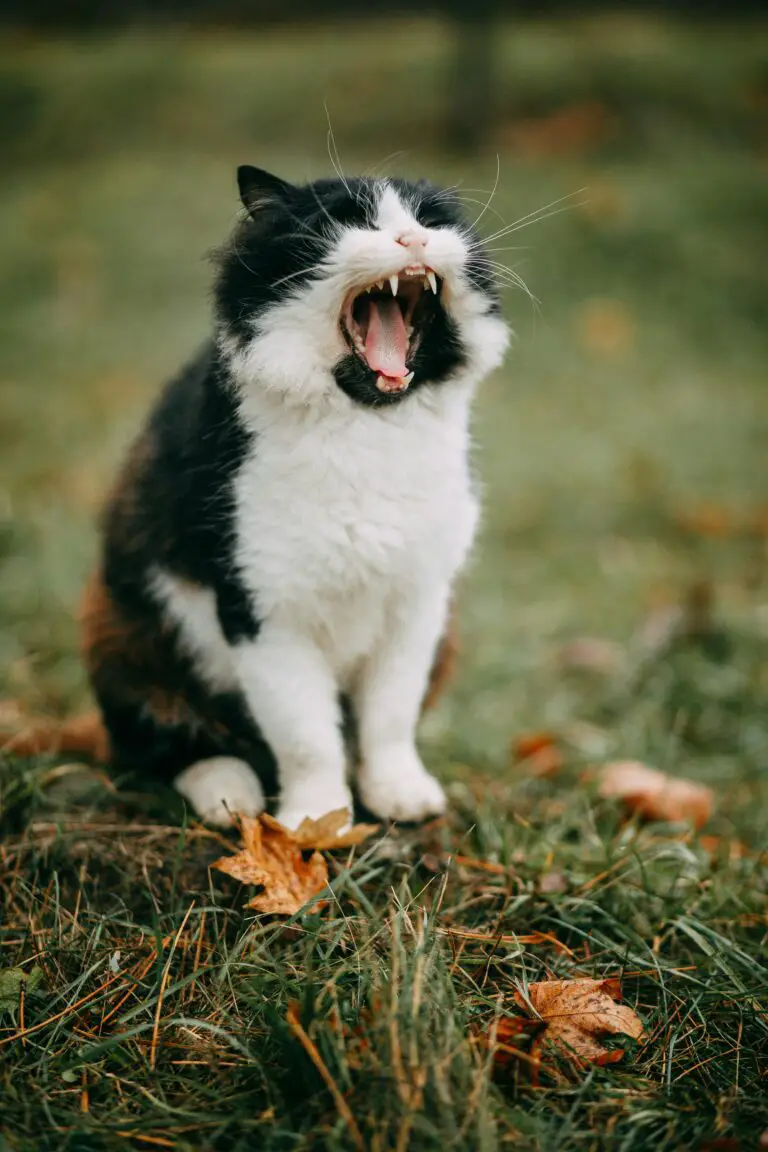
As a rule of thumb, even if you don’t catch them in the act, if your cat’s exhibiting any strange symptoms, you’ll want to whisk them away to your local vet faster than they can knock a glass off the counter. Remember, cats are masters of hiding discomfort. It’s part of their charm and their mystique, but it also means we have to be super vigilant!
So, what’s the takeaway here? Keep those succulents out of reach, and keep a close eye on your cuddly companions. After all, nobody wants their feline friend to learn the hard way that Crassula is a no-go. Keep your cat safe, keep your plants high, and may the only green your kitty experiences be from a well-maintained catnip toy, not a CBD-infused brush with danger!
Toxicity Levels and the Feline Body
Have you ever caught your kitty sneaking a nibble on your house plants? It’s no secret that cats are curious creatures, and often that curiosity leads them to explore with their mouths. But when it comes to Crassula plants, commonly known as Jade Plants, the stakes are higher than you might think. So, what makes these seemingly benign succulents a potential threat to our feline friends?
Digging into the science, Crassula plants harbor toxic compounds that can cause a real upset in your cat’s body. These sly green villains contain chemicals known as bufadienolides – don’t let the complicated name fool you; these are bad news for our whiskered companions. Bufadienolides can wreak havoc on a cat’s system, leading to a cascade of symptoms that range from the unsightly to the downright dangerous.
Imagine this: your cat’s casual leaf-chewing session turns into a bout of vomiting or diarrhea. It sounds unpleasant, and it is – for both you and your pet! These are just the initial warning signs that the toxins from a Crassula plant have begun their unwelcome journey through your cat’s body. From lethargy to a loss of appetite, the effects can be more than just uncomfortable; they can signal that something is seriously amiss.
But wait, how serious can this get, you might wonder? In some cases, the ingestion of Crassula can lead to more severe issues, such as heart irregularities or even convulsions – a scary prospect for any pet parent. Here’s where pet owners need to become part-time detectives, keeping an eagle eye on their pets and the greenery that graces their homes.
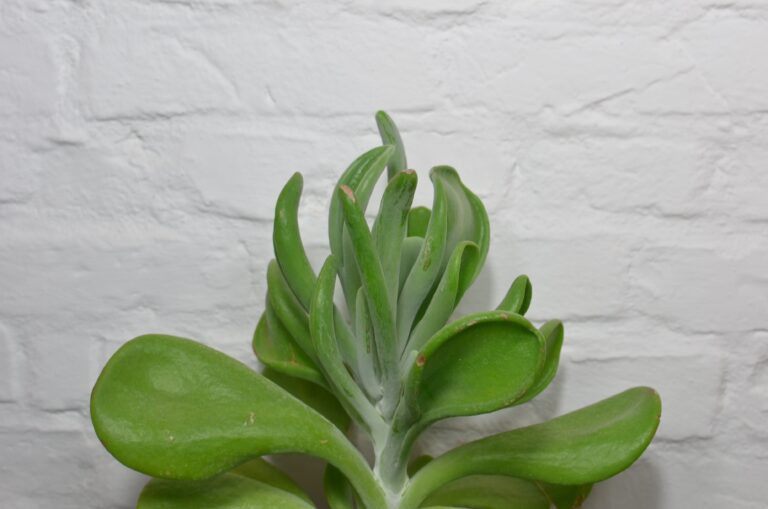
It’s important to seek veterinary help if you suspect your cat has tasted a part of a Crassula plant. Swift action can ensure the purring patient gets the care they need before those naughty bufadienolides cause too much trouble. For more insights into the toxicity of Crassula plants and what symptoms to watch out for, check out this useful resource.
Is prevention better than cure? Absolutely! Knowing which plants in your home may pose a danger is crucial. Many cat parents decide to either kiss goodbye to their potentially harmful potted pals or ensure they are placed far beyond the leaping bounds of their curious cat. In the battle against sneaky succulents, knowledge truly is power. Arm yourself with it, and keep your furry family members safe.
Emergency Response: What to Do If Your Cat Ingests Crassula
Picture this: you walk into your living room to find your feline friend chomping down on the leaves of your beloved Crassula plant. Before panic sets in, let’s arm you with the steps you need to take to ensure your kitty remains safe and sound. After all, as eye-catching as these succulent plants are, they’re not on the menu for your curious cat!
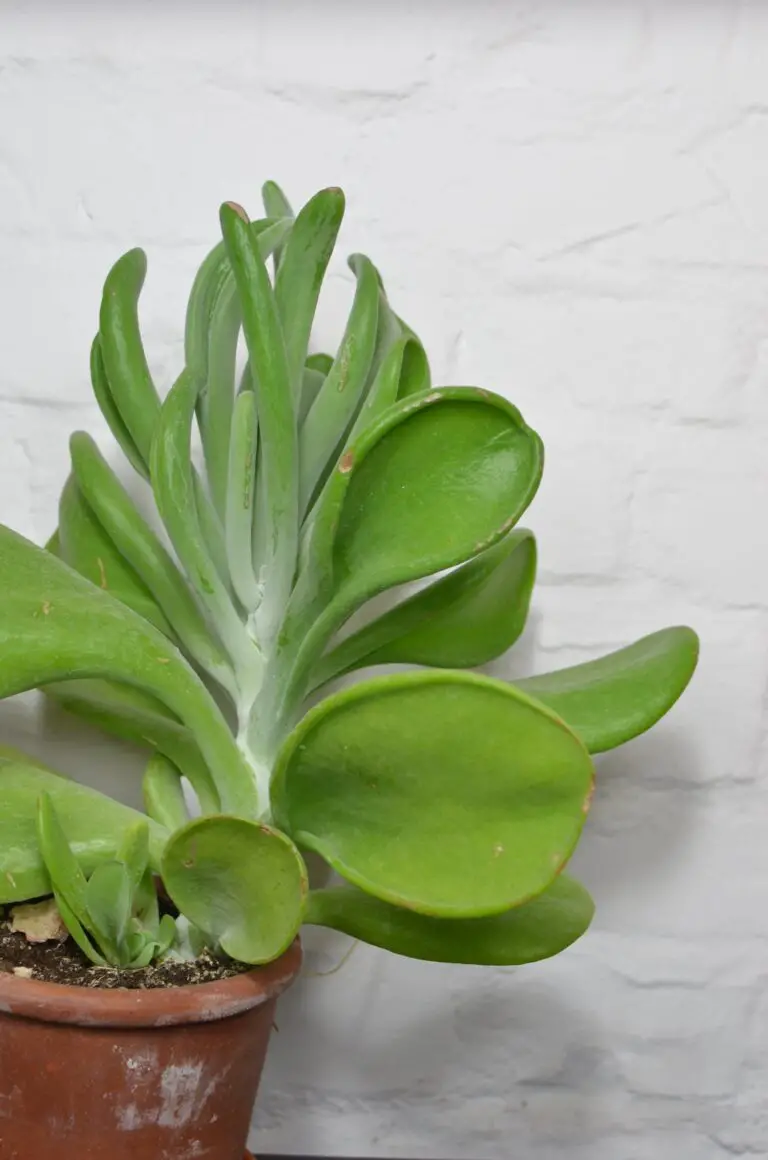
First, stay calm but act swiftly. Remove any plant matter from your cat’s mouth and set it aside for identification. It’s essential for vets to know exactly what type has been ingested. Next, give your kitty a small amount of milk or water—this may help to dilute any irritants within the plant.
First Aid at Home: Immediate Steps
Wash your cat’s mouth gently with water to remove any residual plant sap. This can help minimize irritation. Keep a close eye on your pet for any signs of distress such as excessive drooling, vomiting, or difficulty breathing. If these symptoms appear, it’s time to escalate the situation.
When to Seek Veterinary Aid
Contact your vet or an emergency animal hospital immediately if you suspect that your cat has eaten a substantial amount of Crassula. Quick and professional medical advice can be the difference between a simple scare and a serious health issue. Be ready to provide details about your cat’s size, the amount of plant ingested, and the time of the ingestion. Remember, houseplants and pets can coexist peacefully with the right knowledge and precautions!
Prevention Better Than Cure: Keeping Crassula Away from Cats
If you’re a cat owner with a soft spot for succulents, you may need to rethink your indoor garden—particularly if it features the Crassula species. While these plants add a delightful touch of greenery to your home, they’re known to pack a hidden punch when it comes to our feline friends. Yes, Crassula plants are indeed poisonous to cats. But don’t worry! There are ways to prevent your curious companions from munching on these potentially harmful greens.
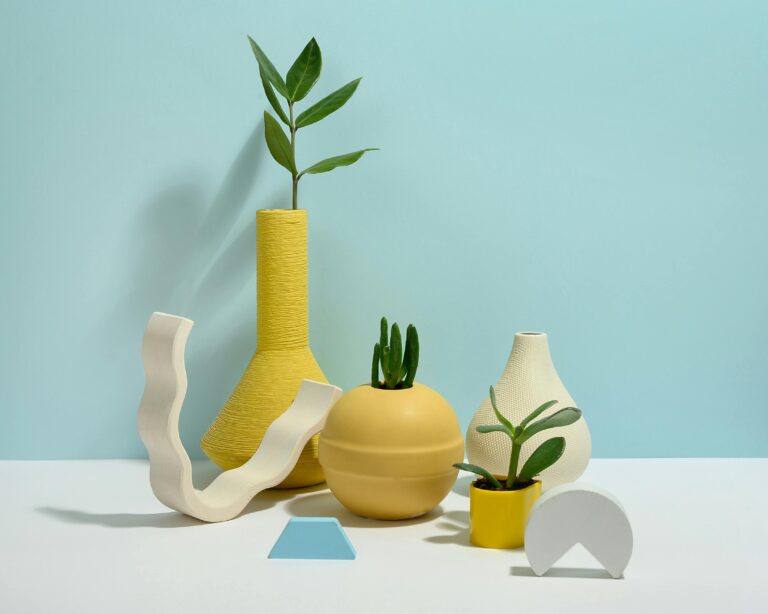
First and foremost, consider strategic placement. Cats are natural climbers and jumpers, so those high shelves and ledges might not be as safe as you think. Instead, opt for closed spaces like terrariums or high cabinets that truly keep your plants out of paws’ reach. Remember that time Mr. Whiskers somehow found his way to the top of the bookcase? Yeah, let’s not repeat that with your Crassula collection.
Another practical step is to introduce cat-safe houseplants that can satisfy their grazing instincts without any risk. Plants like Boston ferns, spider plants, and bamboo palms are attractive and safe alternatives for your feline to sniff and nibble on. Moreover, keeping these cat-friendly options available can divert attention away from the more dangerous Crassula.
Training your cat to steer clear of plants may seem like a Herculean task, but with consistent use of deterrents—such as citrus sprays or double-sided tape—you can teach old (and young) cats new tricks. Cats dislike certain smells and sticky textures, so take advantage of these dislikes to protect your precious succulents.
For homes with particularly determined and crafty cats, it might be best to forego Crassula plants altogether. The peace of mind knowing that your whiskered companion is safe, might just outweigh the aesthetic appeal of these succulents. You can still achieve a vibrant indoor jungle with a variety of non-toxic plants that are just as beautiful and far safer for curious kitties.
In the end, the well-being of our pets is paramount. With some creativity and precaution, we can keep our homes both green and safe for those precious purring inhabitants.
Crassula Alternatives: Safe Houseplants for Cat Owners
As a cat owner, it’s vital to ensure that every corner of your cuddle companion’s kingdom is safe and free from potential perils – especially when it comes to houseplants. You may adore the sculptural elegance of Crassula plants, but since they’re a no-go for your whiskered pals, let’s dig into the pot of non-toxic houseplant treasures you can cultivate at home.
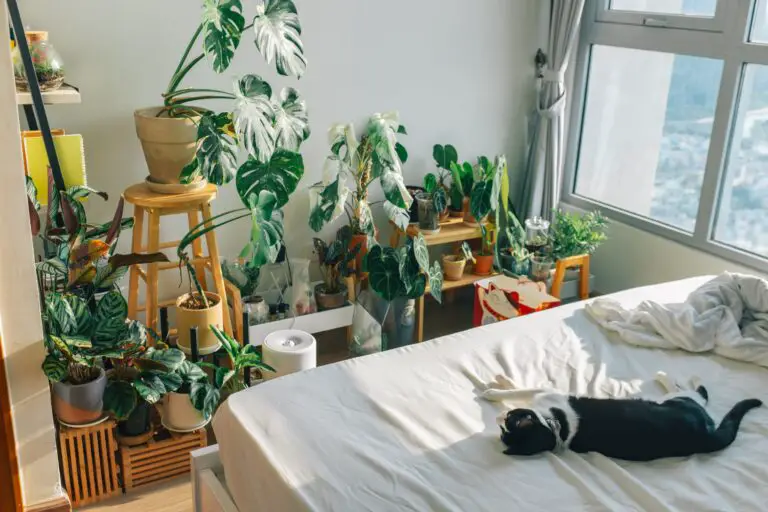
First up, let’s talk about the ever-popular Spider Plant (Chlorophytum comosum). This feathery favorite not only adds a splash of vibrant green to your decor but is also known for its air-purifying abilities. Just imagine – your kitty napping beneath its arching leaves while the plant quietly battles toxins like a silent green ninja!
If you’re hunting for a pop of color, look no further than the African Violet (Saintpaulia). These charming little bloomers offer up a variety of colors, flourishing indoors with minimal fuss. Picture your feline friend mesmerized by its velvety petals while basking in the sunbeam spotlight.
Bamboo Palm (Chamaedorea seifrizii) is another superstar in the realm of cat-safe foliage. Reaching for the skies, this tropical beauty can transform your living space into a lush paradise. Envision your kitty’s jungle adventures weaving through its sturdy stems, a domestic explorer in a green oasis.
Talking of explorers, let’s give a shoutout to the Boston Fern (Nephrolepis exaltata). With its feather-like fronds, this houseplant invites your cat to a game of hide-and-seek, minus the worry of toxic repercussions. Your little lion can prowl under the protective arches, the mightiest predator in the suburban jungle.
Last but not least, the Cast Iron Plant (Aspidistra elatior) earns its name for its resilience. Even in the most determined paws, this plant remains steadfast. It’s the perfect sidekick for those feline friends who lead with curiosity and occasionally, some light mischief.
No doubt, with these green companions, not only do you safeguard your pet, but you also cultivate an indoor Eden brimming with life, purrs, and peace of mind. Every purr-ent knows, when it comes to our fur babies, it’s better to be safe than sorry – so keep it leafy, lively, and, most importantly, cat-friendly!
Frequently Asked Questions
When it comes to keeping our beloved cats safe, understanding the plants in our environment is crucial. Crassula plants, commonly known as jade plants, are often brought into homes for their beauty and ease of care, but they can be a silent threat to our curious feline friends. Let’s dive into some common questions about Crassula plants and their effects on cats.
Are Crassula Plants Toxic to Cats?
Yes, Crassula plants are considered toxic to cats. If a cat ingests parts of this succulent, it can cause symptoms such as vomiting, lethargy, and a loss of coordination. It’s best to keep these plants out of reach of your cat or opt for a non-toxic alternative.
What Should I Do If My Cat Eats a Crassula Plant?
Immediate action is key. If you suspect your cat has nibbled on a Crassula, observe them for any signs of distress. Contact your veterinarian or an animal poison control center as soon as possible for professional advice tailored to your cat’s situation.
How Can I Keep My Cat Safe from Poisonous Plants?
Prevention is always better than cure. Ensure that any plants in your cat’s vicinity are non-toxic. Be vigilant about plant debris, as fallen leaves can still pose a risk. If you’re a plant lover, consider creating a cat-safe zone where your green friends can thrive away from curious paws.
It’s also smart to have a list of emergency contacts for pet poisoning readily available. This way, you’re prepared for swift action should any unfortunate incident occur.
What Are the Symptoms of Plant Poisoning in Cats?
Symptoms can range from mild to severe and include vomiting, diarrhea, drooling, decreased appetite, and more serious neurological signs like tremors or seizures. The timing and severity of symptoms can vary based on the amount ingested and the specific plant involved.
Can Crassula Plant Exposure Be Asymptomatic?
Not all cats will immediately show symptoms. Some may ingest small amounts and not exhibit any noticeable changes, while others may have a delayed reaction. Always err on the side of caution and monitor your cat closely if you suspect they’ve come into contact with any toxic plants.
Remember, our feline companions rely on us to make informed decisions about their safety. With knowledge and vigilance, we can prevent the harm that Crassula plants could potentially cause to our cats.
